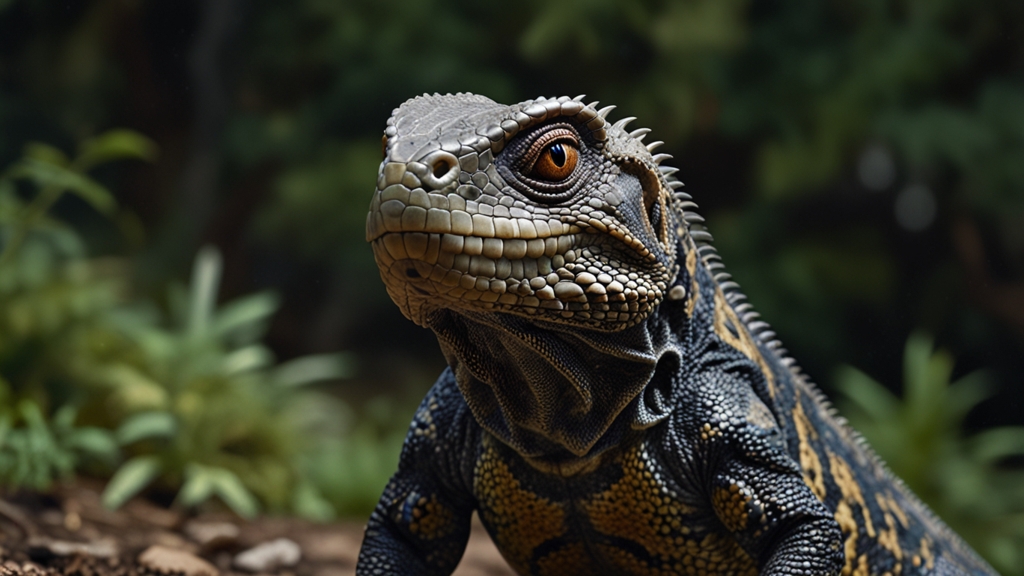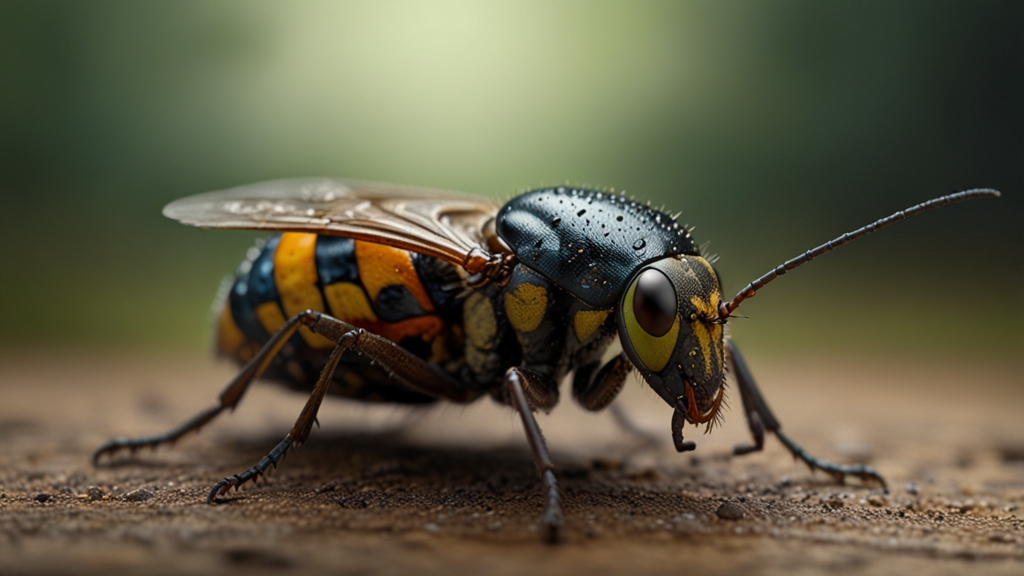Invasive Reptiles: The Unwanted Guests That Are Taking Over
Invasive species are a significant threat to global biodiversity, often causing widespread ecological damage and disrupting local ecosystems. Among these, invasive reptiles have emerged as particularly problematic, leveraging their adaptability, predatory skills, and reproductive capabilities to outcompete native wildlife. Their presence is not only a threat to ecological balance but also poses economic and health risks. This article delves into the impact of invasive reptiles, highlighting prominent cases, and explores the measures required to combat their proliferation.
Understanding Invasive Reptiles
Invasive reptiles are species that are introduced to new environments, either intentionally or accidentally, where they establish populations and start to outcompete native flora and fauna. Factors contributing to their invasiveness include their rapid reproduction rates, ability to adapt to varied climates, and a lack of natural predators in the new habitats. Common culprits include the Burmese python, green iguana, and brown tree snake.
Case Study: The Burmese Python in Florida
One of the most alarming examples of invasive reptiles is the Burmese python's invasion of the Florida Everglades. Native to Southeast Asia, these large constrictors were introduced to Florida primarily through the pet trade. Escaped or released pets eventually found the Everglades' warm, humid conditions ideal for thriving. Their impact on the local ecosystem has been devastating.
"The Burmese python has led to massive declines in the populations of native mammal species such as raccoons, opossums, and even deer. Their presence has disrupted the intricate ecological web, demonstrating the far-reaching consequences of invasive reptiles."
Environmental and Economic Impact
The consequences of invasive reptiles extend beyond ecological imbalance. They often have significant economic implications, requiring substantial financial investments to manage and mitigate their spread. Additionally, invasive reptiles can pose direct threats to human health. For instance, the brown tree snake wreaked havoc on Guam, causing extensive power outages by climbing electric poles and has even bitten residents.
"Eradicating invasive reptiles is an expensive and labor-intensive process. Florida's efforts to manage the Burmese python invasion have cost millions of dollars with no permanent solution in sight."
Combatting the Invasion
Addressing the threat of invasive reptiles requires a multi-faceted approach. Prevention is the most effective strategy, involving stringent regulations on the importation and trade of exotic pets. Public awareness campaigns are crucial in educating pet owners about the dangers of releasing non-native species into the wild.
For established populations, control measures include trapping, hunting, and the use of trained detection dogs. Research into biological control methods, such as introducing natural predators, is ongoing, though these approaches have their own risks and challenges. Collaboration between government agencies, conservation organizations, and the public is essential to ensure a coordinated and effective response.
Conclusion
Invasive reptiles are unwelcome intruders that pose severe threats to ecosystems, economies, and public health. Addressing their impact requires robust preventive measures, public education, and sustained efforts to control and eradicate established populations. By understanding and addressing the challenges posed by these unwelcome guests, we can protect our native biodiversity and maintain ecological balance.














